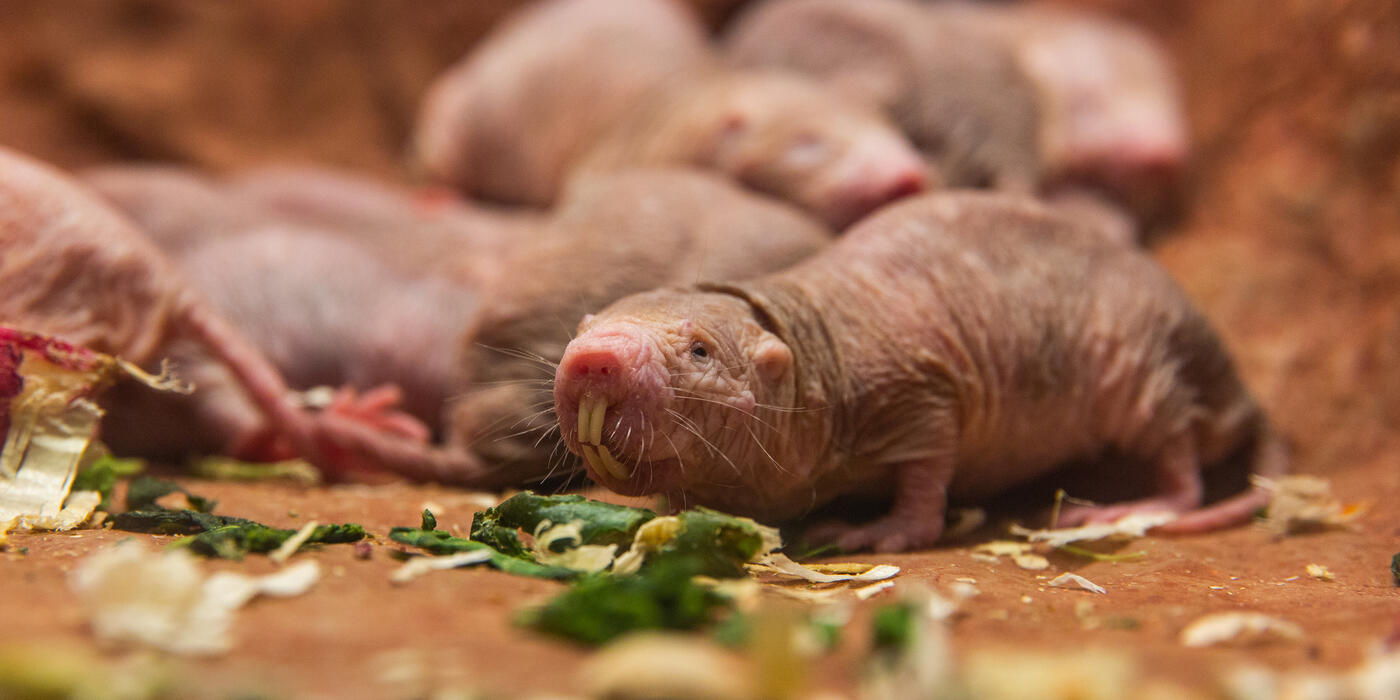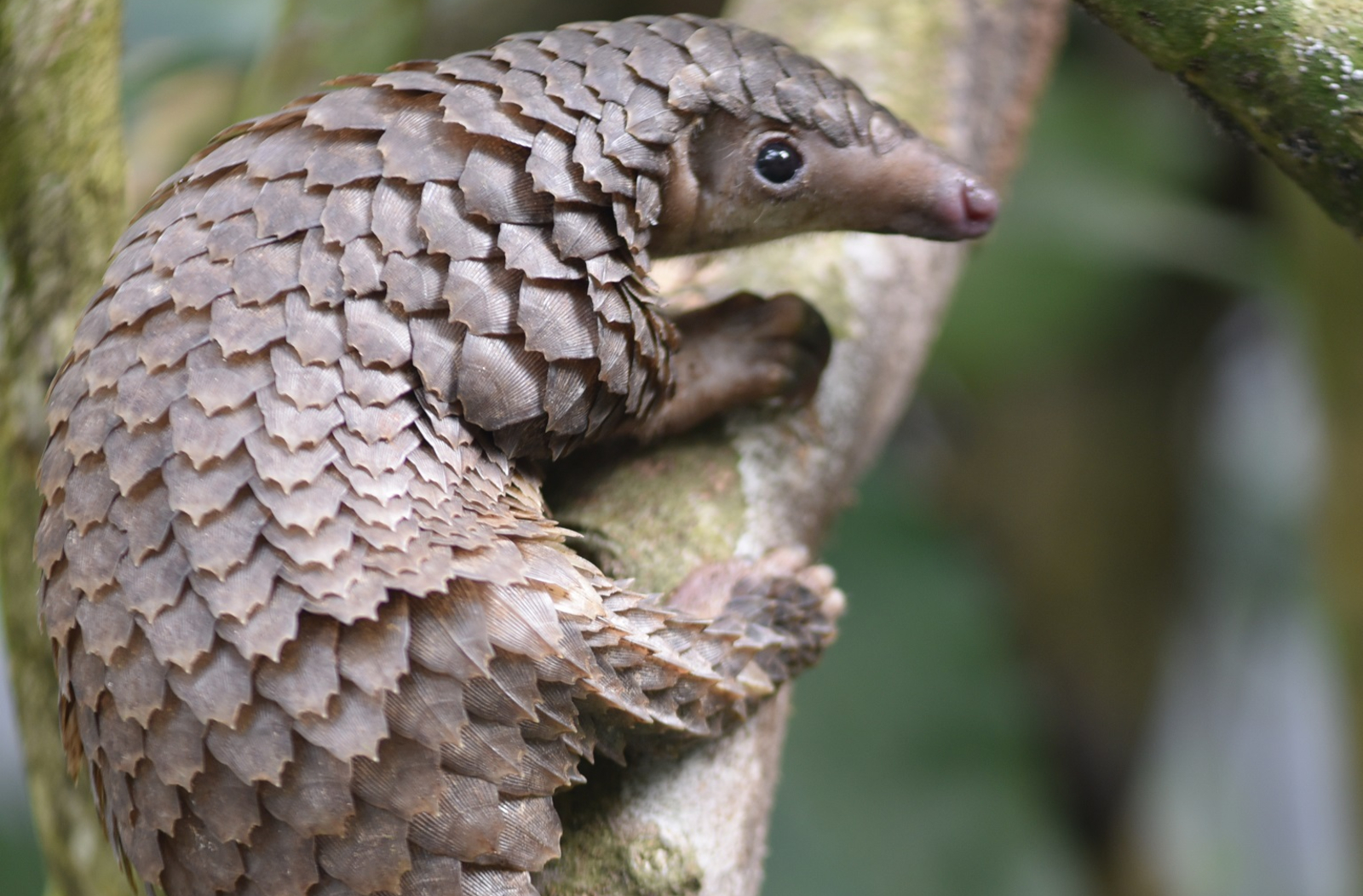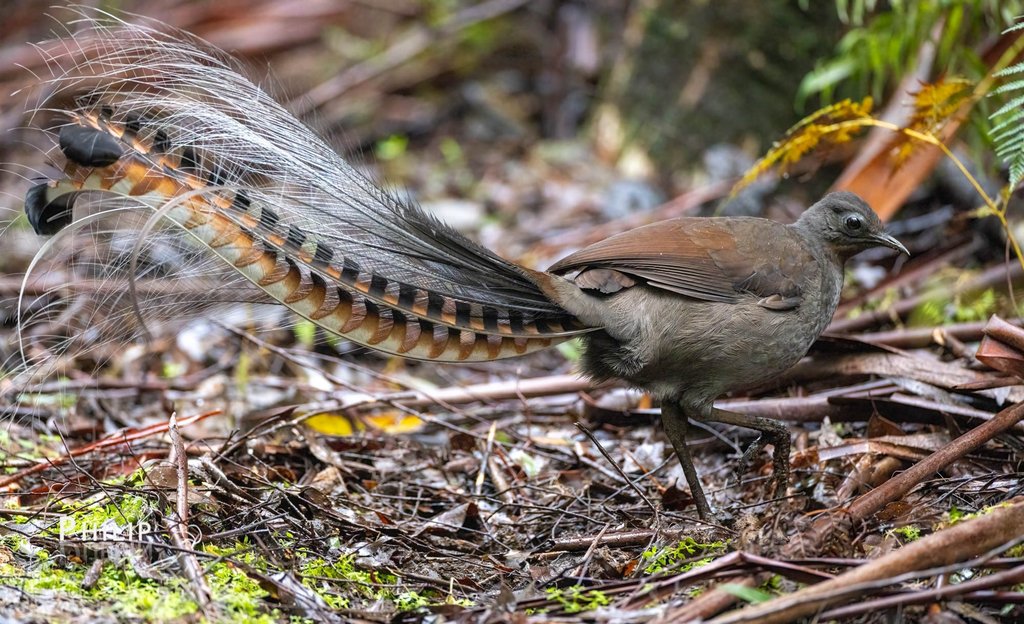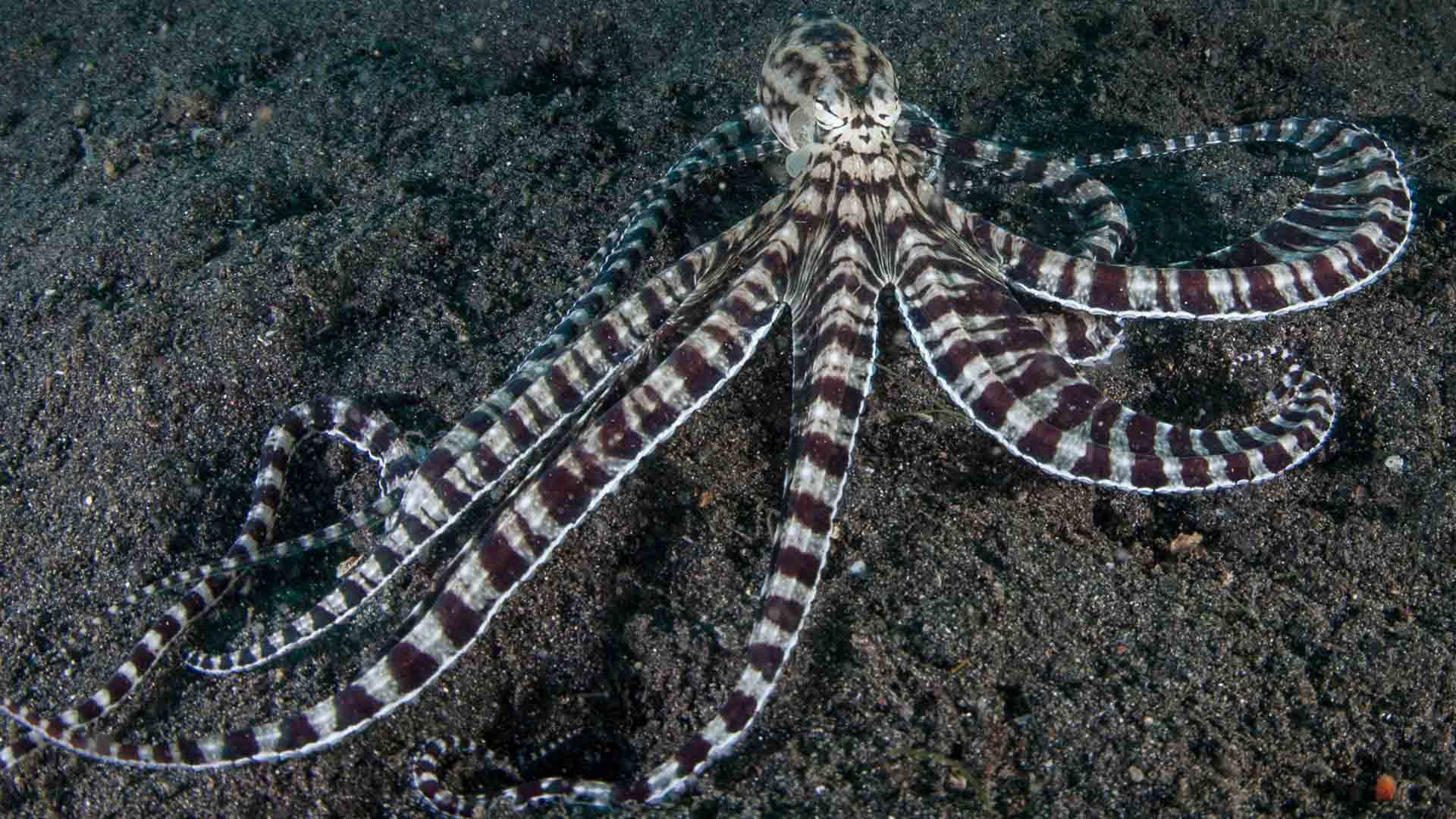Deep beneath the arid soils of East Africa live the naked mole-rats, creatures whose social structure echoes ant colonies more than typical mammal behavior. Long-time field researchers emphasize how these hairless rodents thrive in large underground colonies with a single breeding queen and sterile workers. The immersive accounts—of colony members tunneling relentlessly, caring cooperatively for the queen’s pups, and defending the nest—anchor this marvel in real-world biological experience.
Biologists, evolutionary geneticists, and behavior ecologists provide the expertise and authority to understand such rare eusociality in mammals. Only two mammal species—naked mole-rats (Heterocephalus glaber) and Damaraland mole-rats—are documented to exhibit this caste-based system. These mammals display overlapping generations, cooperative brood care, and rigid division of labor—traits that have evolved mostly in insects like ants and bees, making their case both scientifically fascinating and exceptional.
The trustworthiness of naked mole-rat research comes from decades of peer-reviewed study and direct observation under controlled and wild conditions. Their standout traits—cancer resistance, extreme longevity, limited pain sensitivity, and thermoconforming physiology—reinforce their status as a legitimate scientific phenomenon. This subterranean superorganism continues to unravel our understanding of social evolution and mammalian biology.




